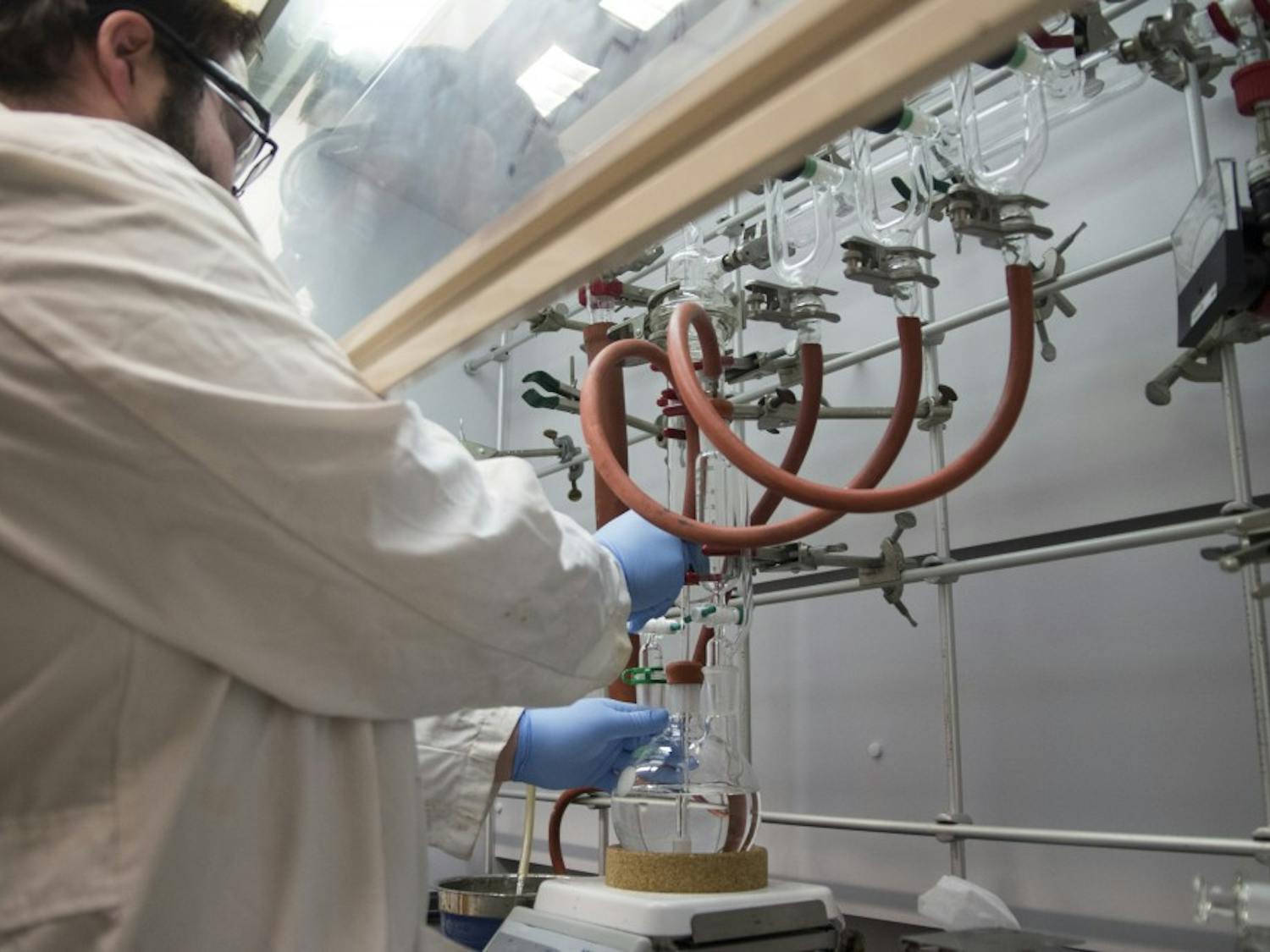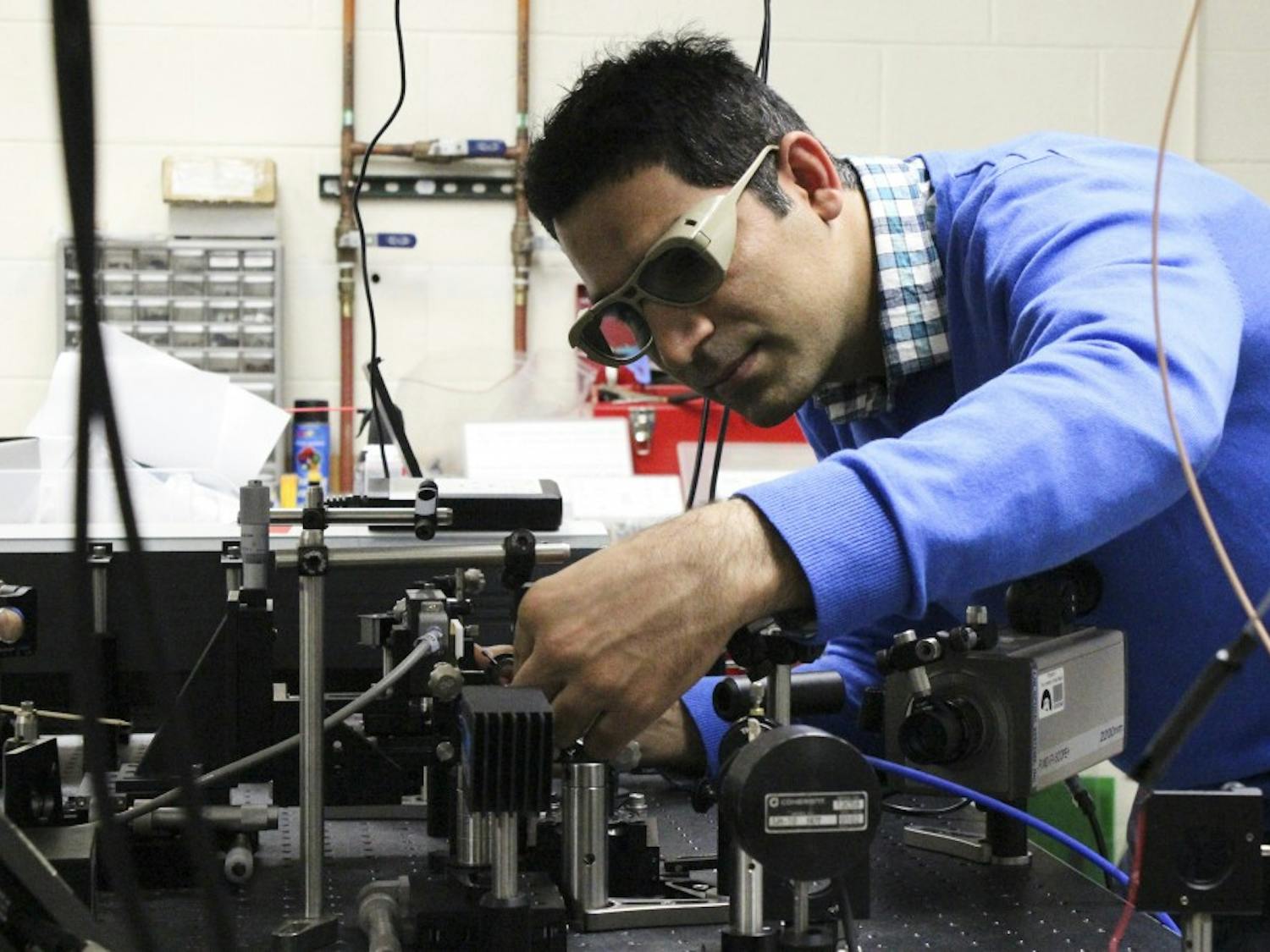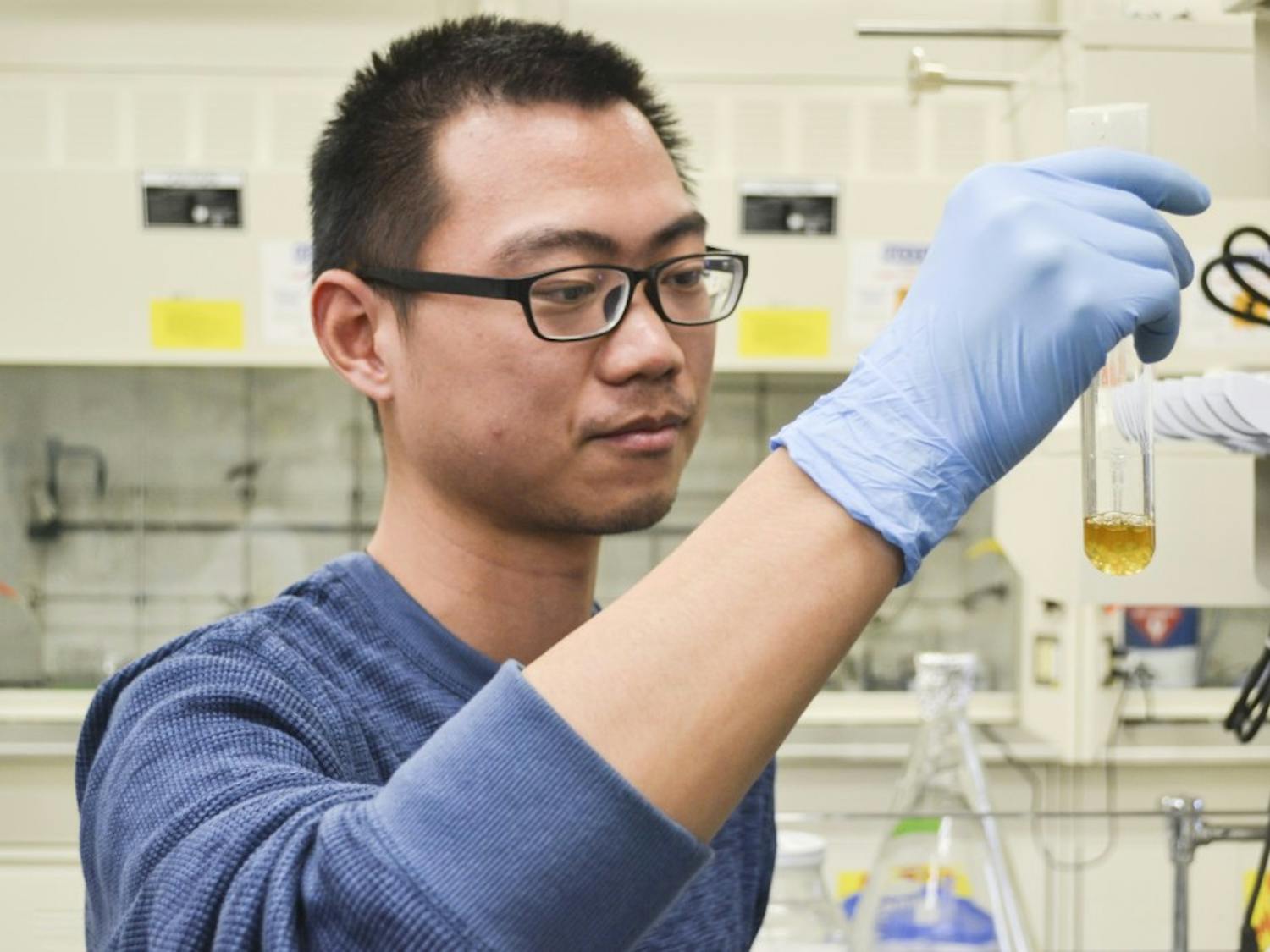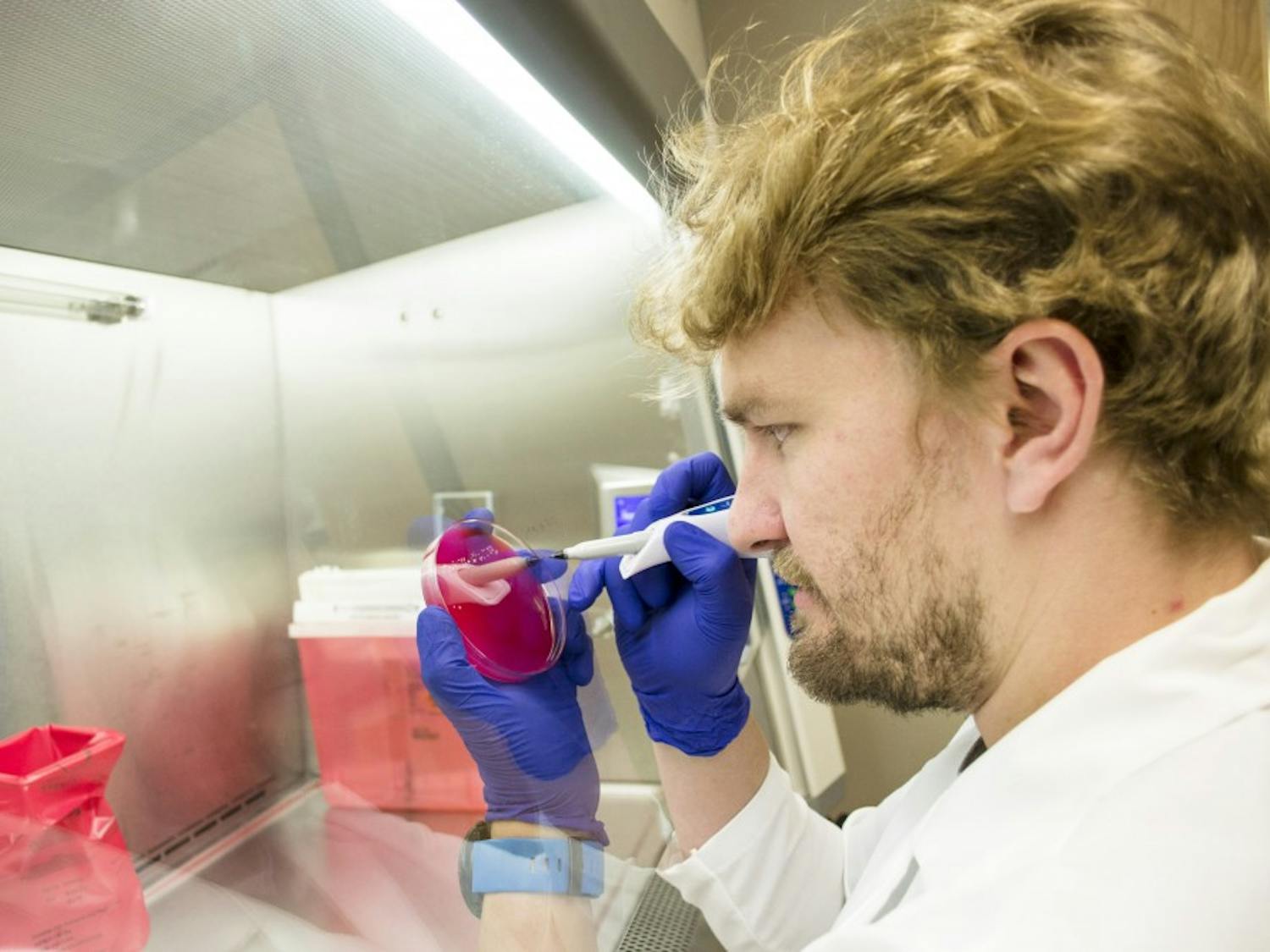Novel research techniques grow tissues
Lauren Topper | February 18The science of tissue engineering — scientists growing new organs in a laboratory setting — is the type of futuristic technology most often seen in movies or TV shows. But it’s closer than one might think, literally; it’s happening right here on campus. Elizabeth Dirk, assistant professor in the department of chemical and nuclear engineering, is leading an interdisciplinary team in the Center for Biomedical Engineering, working to tackle several aspects of this complex science. In particular, her lab focuses on the regeneration of heart valves and bone tissue to replace current transplant options, such as biological, from a donor animal or human, or synthetic.








